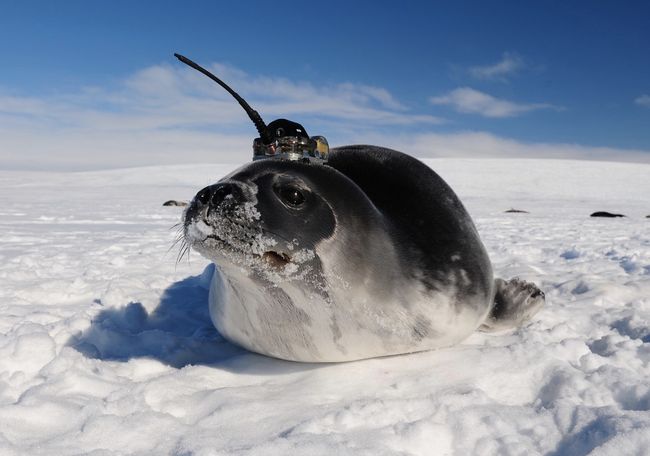Enormous holes in the Antarctic winter ice pack have popped up sporadically since the 1970s, but the reason for their formation has been largely mysterious. Scientists, with the help of floating robots and tech-equipped seals, may now have the answer: The so-called polynyas (Russian for "open water") seem to be the result of storms and salt, new research finds.
Campbell and his team drew data from two robotic, human-size floats that were deployed in the Weddell Sea by the National Science Foundation-funded Southern Ocean Carbon and Climate Observations and Modeling project (SOCCOM). The floats drift in the currents about a mile below the ocean's surface, Campbell said, collecting data about water temperature, salinity and carbon content. For comparison purposes, the researchers also used year-round observations from Antarctic research vessels and even scientific seals — wild pinnipeds fitted with small instruments to collect ocean data as the animals conduct their usual travels.
https://www.livescience.com/65693-mysterious-antarctic-ice-holes-explained.html

No comments:
Post a Comment